Safety Tips for Using Woodworking Power Tools
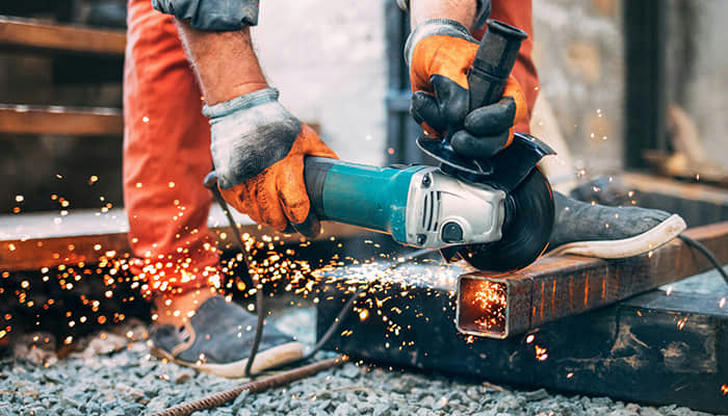
Woodworking power tools make crafting projects faster and more efficient, but they also come with risks. Whether you're a beginner or an experienced woodworker, prioritizing safety is crucial. A simple mistake can lead to serious injuries, so understanding and following proper safety measures will help you work confidently and securely.
Wearing Proper Safety Gear
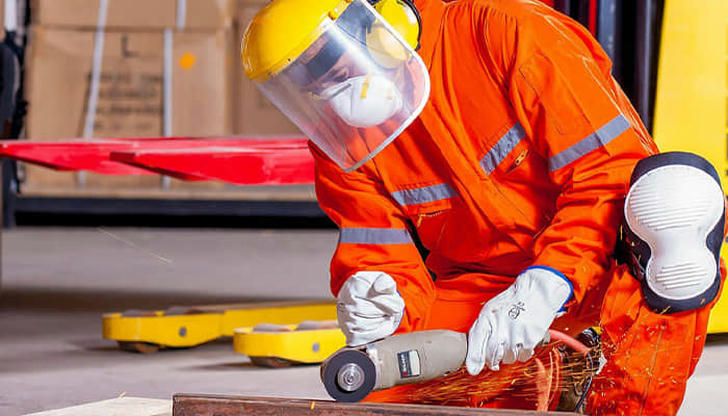
Before you even turn on a power tool, make sure you're wearing the right safety gear. Protective eyewear is essential to shield your eyes from dust, wood chips, and debris. Safety goggles or glasses with side shields will help prevent accidents.
In addition to eye protection, wear ear protection when using loud tools like saws and routers. Prolonged exposure to high noise levels can lead to hearing damage, so investing in quality earmuffs or earplugs is a smart choice.
Keeping Your Work Area Clean and Organized

A cluttered workspace can be dangerous, as tools, cords, and debris can create tripping hazards. Keep your work area tidy by organizing tools and materials neatly. This not only improves efficiency but also reduces the risk of accidents.
Make sure your workbench is stable and has enough space for maneuvering. Sawdust and wood shavings can make surfaces slippery, so clean up regularly to maintain a safe working environment.
Handling Power Tools with Care
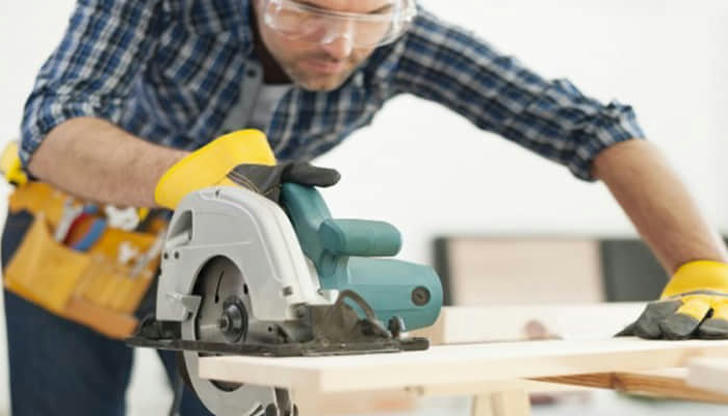
Always inspect your power tools before use to ensure they are in good working condition. Check for loose parts, damaged cords, and worn-out blades or bits. Using faulty tools increases the risk of accidents and can compromise the quality of your work.
When turning on a power tool, maintain a firm grip and be aware of its operation. Never force a tool to cut or drill faster than it's designed to, as this can cause kickback and lead to injuries. Let the tool do the work at its intended speed.
Using Sharp and Well-Maintained Blades
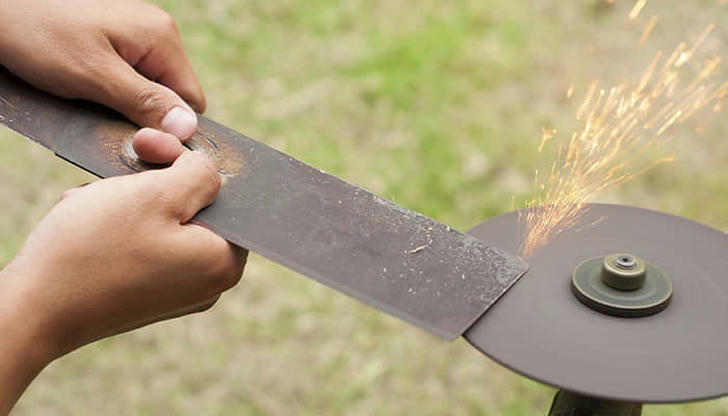
Dull blades and bits require more force to cut, increasing the chances of slipping and causing injury. Always keep your cutting tools sharp and clean to ensure smooth and precise cuts. Regularly check and replace blades, router bits, and drill bits as needed.
Proper maintenance also extends the life of your tools. Clean saw blades and drill bits after use to prevent buildup of resin and debris, which can affect performance and safety.
Maintaining a Stable Stance and Good Posture
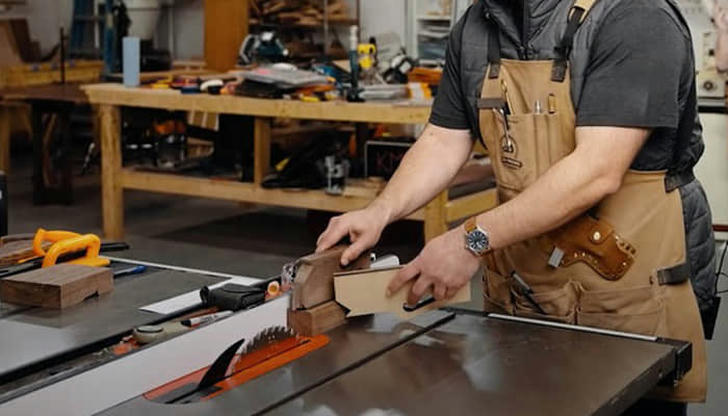
Your stance and posture play a key role in maintaining control over power tools. Stand with your feet shoulder-width apart to ensure stability. Avoid leaning too far forward or standing in an awkward position while operating a tool.
Keep your hands at a safe distance from moving parts and use push sticks or guides when necessary. This prevents accidental contact with the blade and helps maintain steady control over your work.
Avoiding Distractions and Staying Focused

Distractions can lead to mistakes and accidents, so always stay focused when using power tools. Avoid using tools when you're tired, stressed, or under the influence of alcohol or medication that affects concentration.
If someone enters your workspace, pause your work and address the situation before resuming. A moment of inattention can lead to serious injuries, so always be mindful of your surroundings.
Using Safety Features and Guards
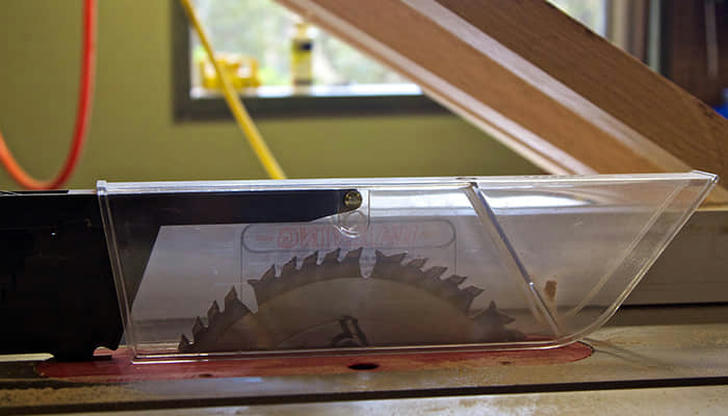
Most power tools come with built-in safety features such as blade guards, riving knives, and emergency shut-off switches. Never remove or disable these safety mechanisms, as they are designed to protect you from harm.
Always use push blocks or feather boards when working with table saws and jointers. These tools help guide the material safely through the blade while keeping your hands at a safe distance.
Properly Storing and Unplugging Tools
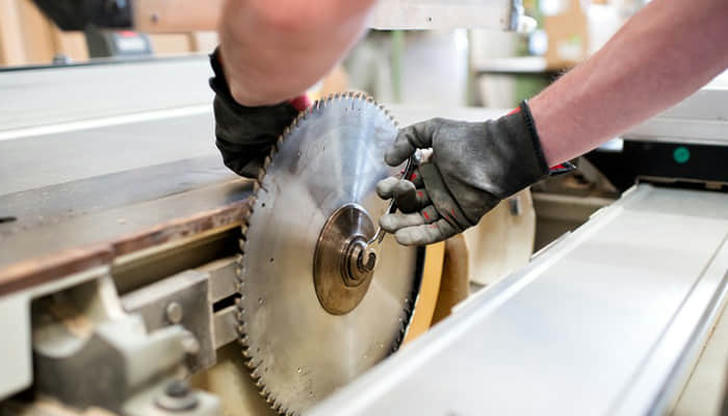
After using a power tool, turn it off and unplug it before making adjustments or changing blades. This prevents accidental start-ups, which can lead to severe injuries.
Store tools in a dry and organized space, away from children and unauthorized users. Use blade guards and protective cases when necessary to prevent damage and ensure safety.
Seeking Training and Practicing Caution
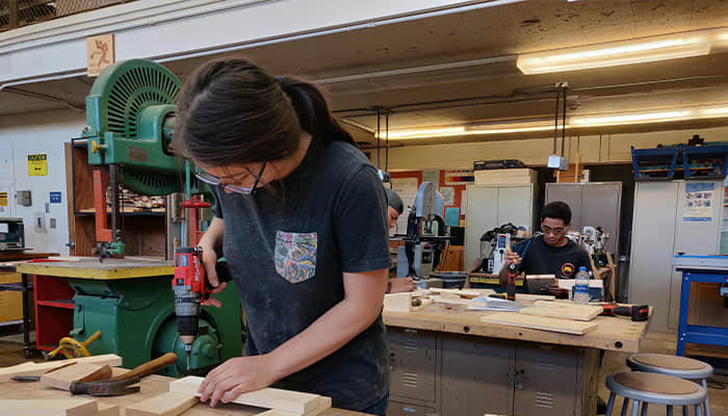
If you're new to woodworking, take the time to learn how to use each power tool properly. Read the manufacturer's instructions, watch tutorials, or take a woodworking class to build confidence and knowledge.
Even experienced woodworkers should practice caution at all times. Never rush through a project or skip safety steps, as accidents can happen when least expected. Taking the extra time to follow safety guidelines will keep you and those around you safe.
Conclusion
Woodworking power tools are incredibly useful, but they must be handled with care and respect. By following these safety tips, you can prevent accidents and enjoy your woodworking projects with confidence. Always prioritize safety gear, maintain your tools, and stay focused while working. With the right precautions, woodworking can be both a fun and safe hobby.
